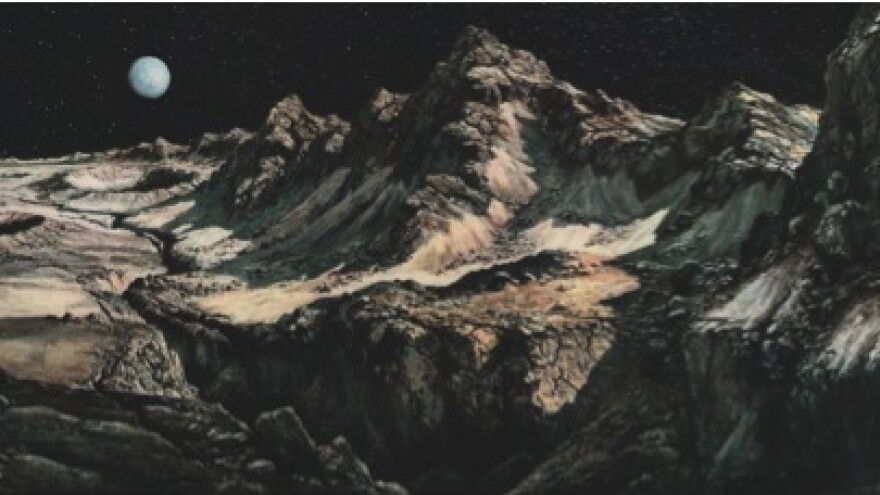If I asked you to picture the universe in your head, you'd probably conjure up images of fiery stars and swirling galaxies.
But the first observation of a solar flare was made in 1859 — and it wasn't until the 1920s that galaxies were recognized as separate entities (i.e. distant collections of hundreds of billions of stars). This means that envisioning the cosmos sets you squarely in the midst of human history. You imagine the universe your culture and place in time has learned to see. Those visions have changed as we have changed and, for the most part, we've lost touch with the stars our great-great grandparents imagined.
But as author Michael Benson shows us in his remarkable new book Cosmigraphics: Picturing Space Through Time, those universes have lost none of their beauty, even as they've been superceded by more accurate visions.
Benson's work is that rarest of finds — a true mix of science and art. It's a coffee table book of high resolution, high quality and full-color images spanning 4,000 years. Beginning with "creation," Benson shows us early manuscripts attempting to illustrate the emergence of the world from nothing — in both biblical and physical terms. Then he ends the chapter with a stunning two-page, all-sky map of the cosmic microwave background — fossil radiation from the Big Bang. He repeats this movement — from early representations in paintings and woodcuts to more modern visions made on film or within computer simulations — in all the chapters that follow, on Earth, the moon, the sun, the structure of the universe and so on. It's a feast for the eye and the mind, as the reader comes to see that all our cosmic flights of imagination remain, by their very nature, tentative.
I'm going to take a leap and say that this is the book to get for your scientifically minded, historically inclined and artistically appreciative loved ones (or just friends). With over 300 pages of text and mostly illustrations, it is truly a gift that keeps on giving.
These images and captions (some captions have been edited), below, are from the book (courtesy of the publisher):
Copyright 2023 NPR. To see more, visit https://www.npr.org.






